Description
Bombax Ceiba Bonsai “silk-cotton tree” – Plant
The Bombax bonsai, also know as kapok which is a small imitation of a tropical giant, is developed from the Bombax ceiba tree. The Bombax bonsai, distinguished by its eye-catching red blooms and distinctive trunk, is an excellent addition to the collection of any bonsai lover. This article will go over the maintenance needs, advantages, and visual appeal of the Bombax bonsai, giving you all the information you need to grow this lovely plant.
Benefits of Bombax Ceiba Bonsai
Visual Appeal: The Bombax bonsai is a remarkable focal point in any area because to its unusual blend of a textured trunk, rich green foliage, and vibrant red blooms.
Air Quality Improvement: By absorbing pollutants and releasing oxygen, Bombax bonsai, like many other indoor plants, helps cleanse the air.
Stress Reduction: Taking care of a bonsai is a soothing hobby that may ease tension and encourage calm.
Educational Value: Growing a Bombax Ceiba bonsai offers the chance to learn about horticulture, plant biology, and the bonsai technique.
Care Instructions for Kapok Bonsai
Low Standards: The kapok (bombax ceiba) bonsai prefers indirect, strong light to grow. To prevent leaf burn, place your bonsai near a window that gets lots of sunshine, but keep it out of direct sunlight, especially in the afternoon.
Watering: It’s essential to water Bombax bonsai properly. When the top inch of soil appears dry, give the plant a good watering. Make sure the soil drains properly to avoid soggy roots, which can cause root rot.
Plants and Fertilizers: For Bombax bonsai, a soil mixture that drains properly is necessary. The best mixture is equal parts akadama, pumice, and lava rock. During the growth season (spring and summer), fertilize the bonsai every four weeks with a balanced liquid fertilizer; during the winter months when the plant is dormant, treat less frequently.
Trimming and Forming: Maintaining the growth and form of your Bombax bonsai requires regular pruning. To maintain the bonsai small and visually beautiful, regularly clip back new growth. Cut neatly using sterile, sharp instruments. Branches can be trained with wiring, but be careful not to damage the plant in the process.
Repotting
Repotting Bombax bonsai every 2-3 years is necessary to refresh the soil and provide room for root growth. The best time to repot is in early spring before new growth begins. Carefully remove the bonsai from its pot, prune the roots, and replant it in fresh bonsai soil.
Leave Drop in silk cotton tree
This tree starts dropping its leaves each year in January-February in anticipation of flowering (March-April). Flowers begin appearing when the tree is leafless. Ground becomes littered with fallen petals during the month of bloom. New leaves appear only after almost all of the flowering is completed (typically by April). Flowers are followed by seed pods which split open in April-May to release to the wind large quantities of silky cotton imbedded with small brown seeds.
Genus name comes from the Greek word bombyx meaning silk in reference to the silky hairs in the seed capsule.



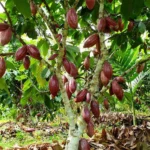
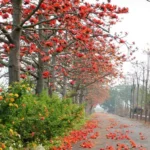
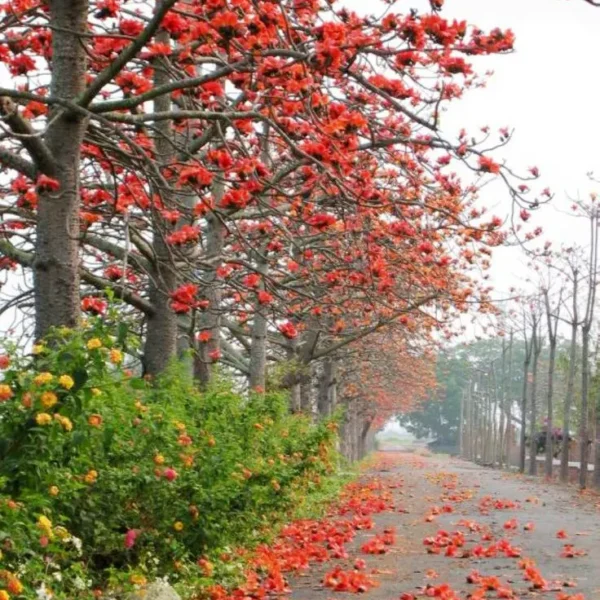





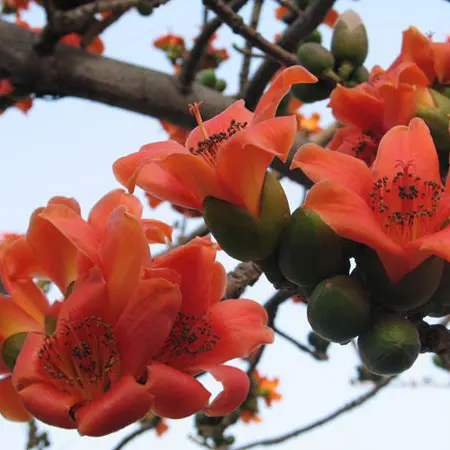
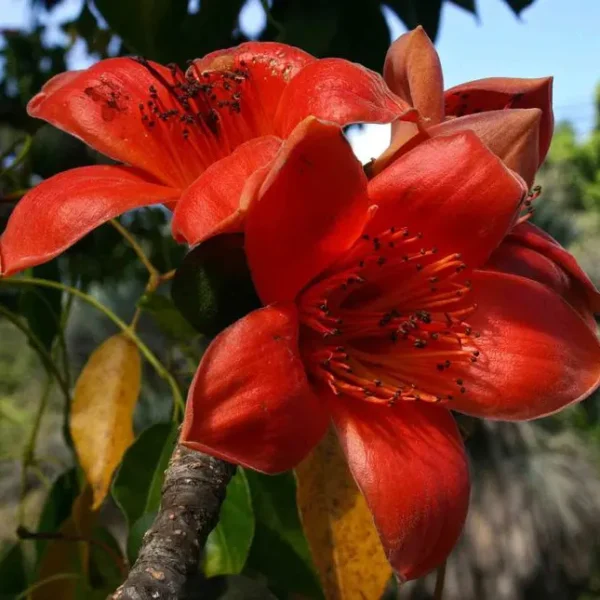


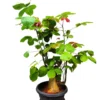
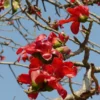
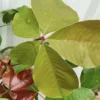
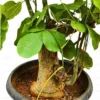
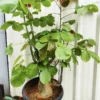
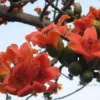
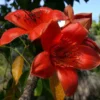
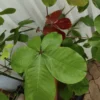

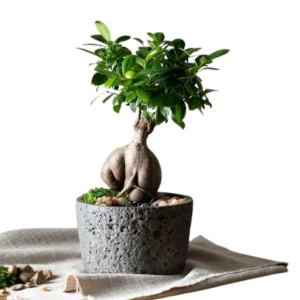
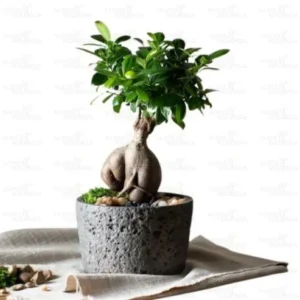

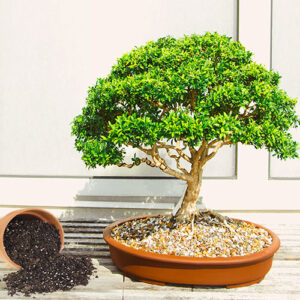
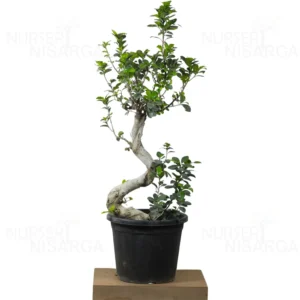
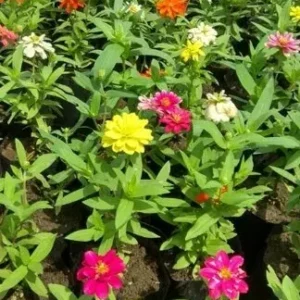
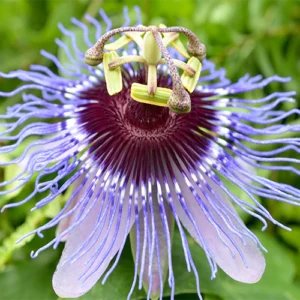
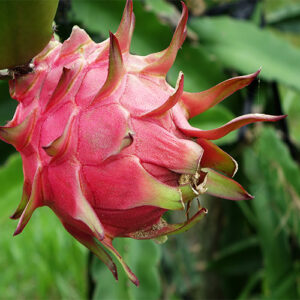
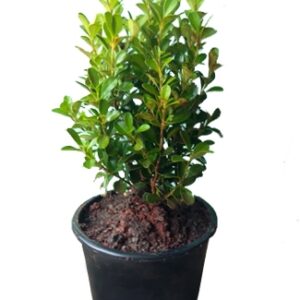
Reviews
There are no reviews yet.